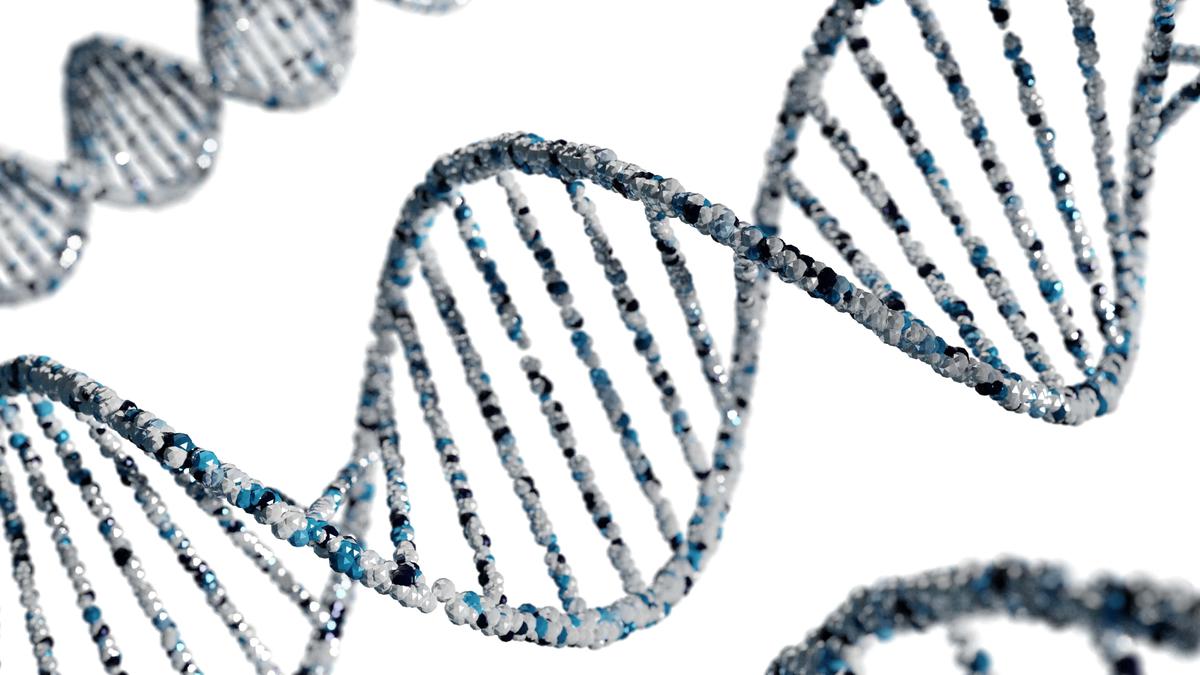
Cell-free DNA promises to transform how we find diseases Premium
The Hindu
There are a number of emerging applications of cfDNA, including in understanding why a body is rejecting a transplanted organ. Here, some cfDNA obtained from the donor who is donating the organ – called donor-derived cfDNA, dd-cfDNA – could provide an early yet accurate estimate of how well the organ is being taken up. This is an attractive proposition because changes in the levels of cfDNA in the blood would precede any biochemical or molecular markers that researchers currently use as a proxy for organ acceptance. That is, the cfDNA could send a signal earlier than other markers if something is going to go wrong.
In the human body, most of the DNA in a genome is neatly packed inside cells with the help of specific proteins, protecting it from being degraded. However, in a variety of scenarios, some fragments of DNA are ‘released’ from their containers and are present outside the cell, in body fluids. These small fragments of nucleic acids are widely known as cell-free DNA (cfDNA).
Scientists have been aware of such degraded fragments of nucleic acids in body fluids since 1948. But only in the last two decades or so, since genome sequencing technologies started to become more accessible, have they really figured out what to do with that knowledge.
A useful tool
cfDNA can be generated and released from a cell in a number of possible situations, including when a cell is dying and the nucleic acids become degraded. Since an array of processes modulates the degradation, the amount, size, and source of the cfDNA can vary across a range as well.
In addition, the release of cfDNA could occur together with a variety of processes, including those required for normal development, those related to the development of certain cancers, and those associated with several other diseases. One of the initial reports of the levels of cfDNA in diseases came from studies that were taking a closer look at an autoimmune disease: systemic lupus erythematosus – where the body’s own immune system attacks specific cells.
So it is not surprising that researchers around the world are increasingly finding cfDNA to be a useful tool to understand human diseases and to use the knowledge to improve diagnosis, monitoring, and prognosis.
Checking the baby













